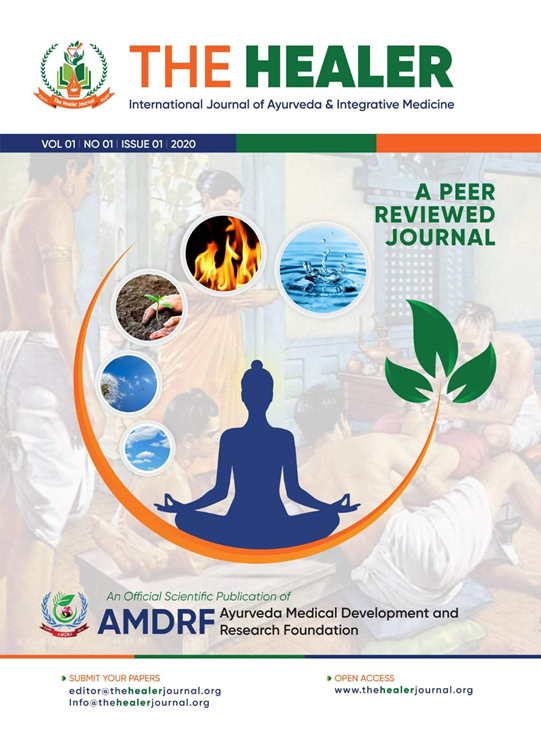Derivation of Reference Intervals for commonly tested Biochemical analytes from five major Cities of Nepal.
Abstract
Introduction:
Reference interval (RIs) is the range of values provided by laboratory scientists in a convenient and practical form to support clinician for diagnosis, treatment and monitoring of a disease. Clinical laboratories in Nepal uses RIs, provided in the kit inserts by the manufacturers or from the scientific literature, established for western/European population. It is well known that population across the globe differs physiologically, genetically; ethnically, food habits and diet which have great impact on the reference values. Thus, it is inappropriate to use RIs that is not derived for local population. This approach highlights for establishing reference values for Nepalese population using the IFCC-CRIDL guidelines published in (C28-A3).
Methods:
Reference individuals were selected from healthy volunteers according to the IFCC/C-RIDL protocol in (C28–A3). After exclusion of abnormal samples, a total of 555, age and sex matched apparently healthy subjects of 18-65 were enrolled in the study. Blood samples were collected, serum were separated and stored in well-sealed cryo vials and finally measured collectively in Beckman Coulter AU480, a fully automatic chemistry analyzer. The sources of variations and need for partitioning were analyzed by multiple regression analysis and two-level nested ANOVA respectively.
Results:
We adopted a threshold of SDR ≥ 0.4 for city wise partitioning. The SDRs for between-city differences (SDRcity) were calculated, which revealed that there is no significant differences for most of the analytes among the cities, except for K, LDH and CK. Total protein, DrkLvl, and Standing Position also shows association but not significant to derive separate RIs. Sex-related changes were typically noted by the criterion of either SDR or BR for UA, Cre, Fe, GGT, IgM, and Tf. From the result, city partitioning was required for 3 analytes, K, LDH, and Drklvl, in male and 4 analytes in TP, K, CK, Standing position in female.
Conclusions: The reference intervals for common biochemical parameters in five major cities were derived. Source of variation and need for partitioning of RI was calculated.













